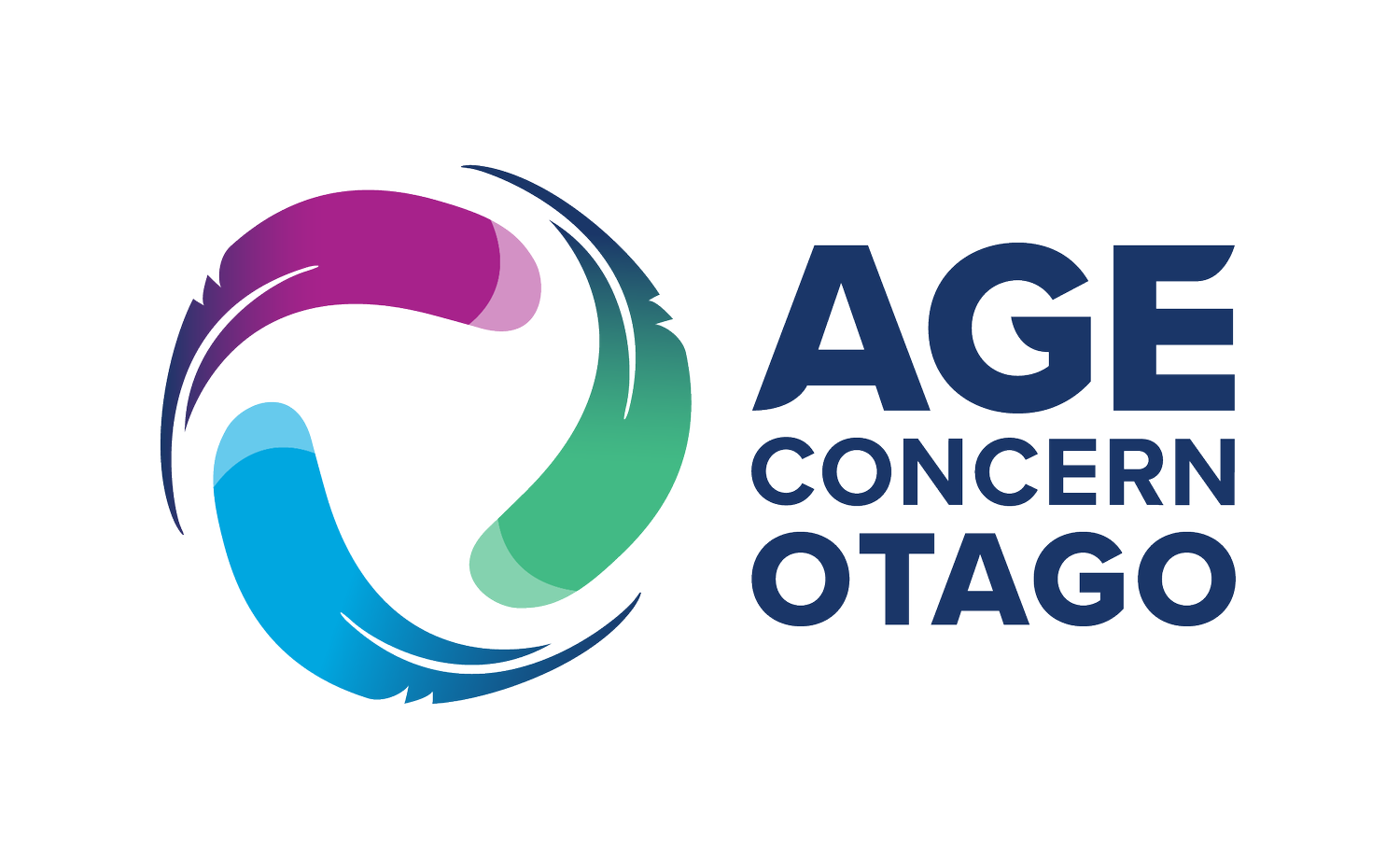By Beatrice Hale, Author
Ageing has always happened, often with medical and disability issues, such as mobility for example, which can have major effects on the older person and their partners/families.
How are these to be dealt with?
Despite all the professional help available, the person with a disability is left to deal with his/her day after the professionals have gone. So, the consequences are often isolation, loneliness, and struggles to engage in any meaningful activity...
And this is where co-design appears.
Ask the older people themselves what they want and how to achieve improvements.
To stress this, during my time as a social worker, my colleagues and I heard many a comment on isolation and consequent loneliness.
So, we asked our older clients what would they like? Answers came back: Outings! Visitors! Doing things, having fun, meeting people, having a cuppa.
Together with some of our older clients, and with Age Concern Otago, we designed an activities programme. The venue had to be accessible. Parking had to be easy. There had to be good facilities. And of course, the right people to listen to the members and to manage the programme items requested by the older people.
How to get to the venue? Volunteer drivers – available through Age Concern Otago. And of course, those were more friends.
That first activities programme was immensely successful. And we believed the success was because the work was created by the older people using their own experiences rather than being something dreamt up by others.
And other co-design programmes?
Sharing ideas was something which brought about Carers Otago. Carers themselves, invisible in their role, wanted to become more visible.
So we invited interested carers to form a group to discuss their ideas. They then organized more regular meetings which produced some great ideas – regular monthly meetings to share knowledge and experiences. To make friends. And to hear information from disability services for a better picture of what official help was available. They also passed on information about what else might be needed.
There were other such groups and activities – the main lesson learned was to listen to those who need help. They will always somehow identify what help is required. They know their own business best.
And those of us in a position to hear have a clear path to follow. Listen and help to make things happen. That’s Community Co-design.
This article was originally published in the Summer 2022/23 issue of Age Concern Otago Magazine

